How to Create Your Own Cryptocurrency?
In this step-by-step tutorial, you will learn how to create and deploy BEP-20 and ERC-20 tokens.
You may produce a coin or a token while generating a new cryptocurrency. A token is constructed on an existing network, whereas a coin has its own blockchain. Blockchains are essential to cryptocurrencies' decentralised nature and security.
Producing a token involves less knowledge and work than making a cryptocurrency coin. Typically, creating a coin requires a group of programmers and industry professionals.
Depending on the level of customizability and utility you need, your choice of token or currency will change. Overall, the expenses are determined by the work required, including time and external developers.
You should think about your cryptocurrency's utility, tokenomics, and legal status before launching it. The development step will then require your chosen blockchain, consensus algorithm, and architecture. Then, you may think about doing a project audit and a final legal review. Although almost anybody may establish a cryptocurrency, creating a strong enterprise takes substantial effort and commitment.
Some of the most popular solutions for creating cryptocurrencies are BSC, Ethereum, and Solana. Both these networks provide ways to make a variety of tokens based on pre-existing standards. BEP-20 and ERC-20 token standards are leading examples that almost any crypto wallet provider can support.
ERC-20 belongs to the Ethereum blockchain, while BEP-20 is part of the BNB Smart Chain (BSC). Both networks allow for the creation and customization of smart contracts that enable you to create your own tokens and decentralized applications (DApps). With DApps, you can create an ecosystem that provides more use cases and functionality to your token.
The economics that control your cryptocurrency, such as total quantity, method of distribution, and initial pricing, are known as tokenomics. If the tokenomics are flawed and people are not encouraged to buy the cryptocurrency, a fantastic concept might fail. No one will want to purchase or retain a stablecoin, for instance, if the peg is incorrect.
Create your own cryptocurrency in 7 steps
Choose a suitable blockchain platform
Pick a consensus mechanism
Design your blockchain architecture
Begin blockchain development
Audit your crypto and its code
Double-check legal aspects
Mint your cryptocurrency
How to create a BEP-20 token?
To create a simple BEP-20 token, you’ll need some basic coding skills to deploy a smart contract to BNB Smart Chain. You’ll also need to have MetaMask installed and some BNB in your wallet to pay gas fees.
1. Make sure you have the BSC mainnet added to MetaMask.
2. Head to Remix, an online application for developing and deploying smart contracts on blockchains that are compatible with the Ethereum Virtual Machine. Right-click the [contracts] folder and click [New File].
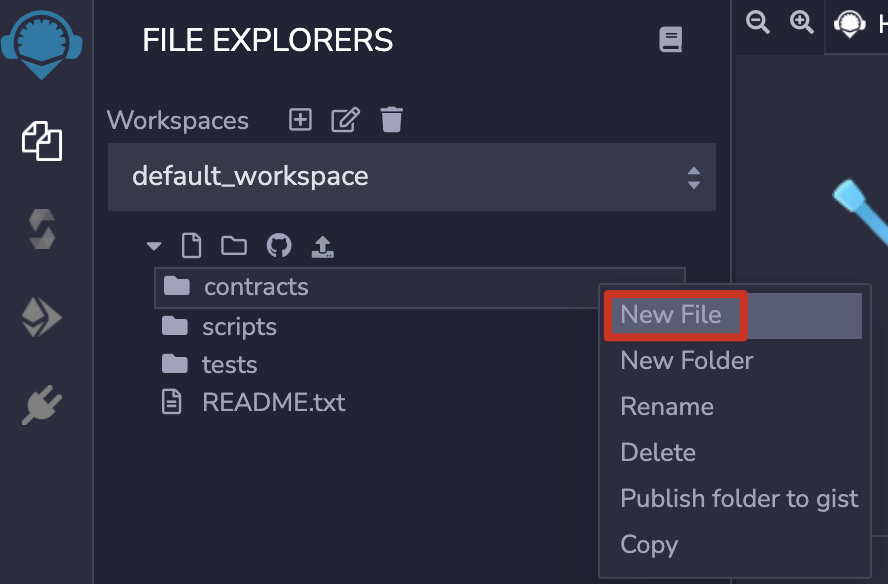
3. Name the file “BEP20.sol”.

4. Make sure you have the programming language set as [Solidity], or your smart contract won’t function. You can do this by clicking the icon outlined below on the right.
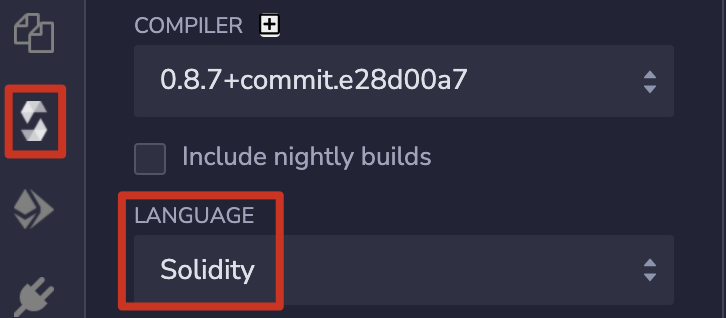
5. Copy the BEP-20 smart contract code into your file. You can find out more information on the code’s parameters and functions on GitHub.
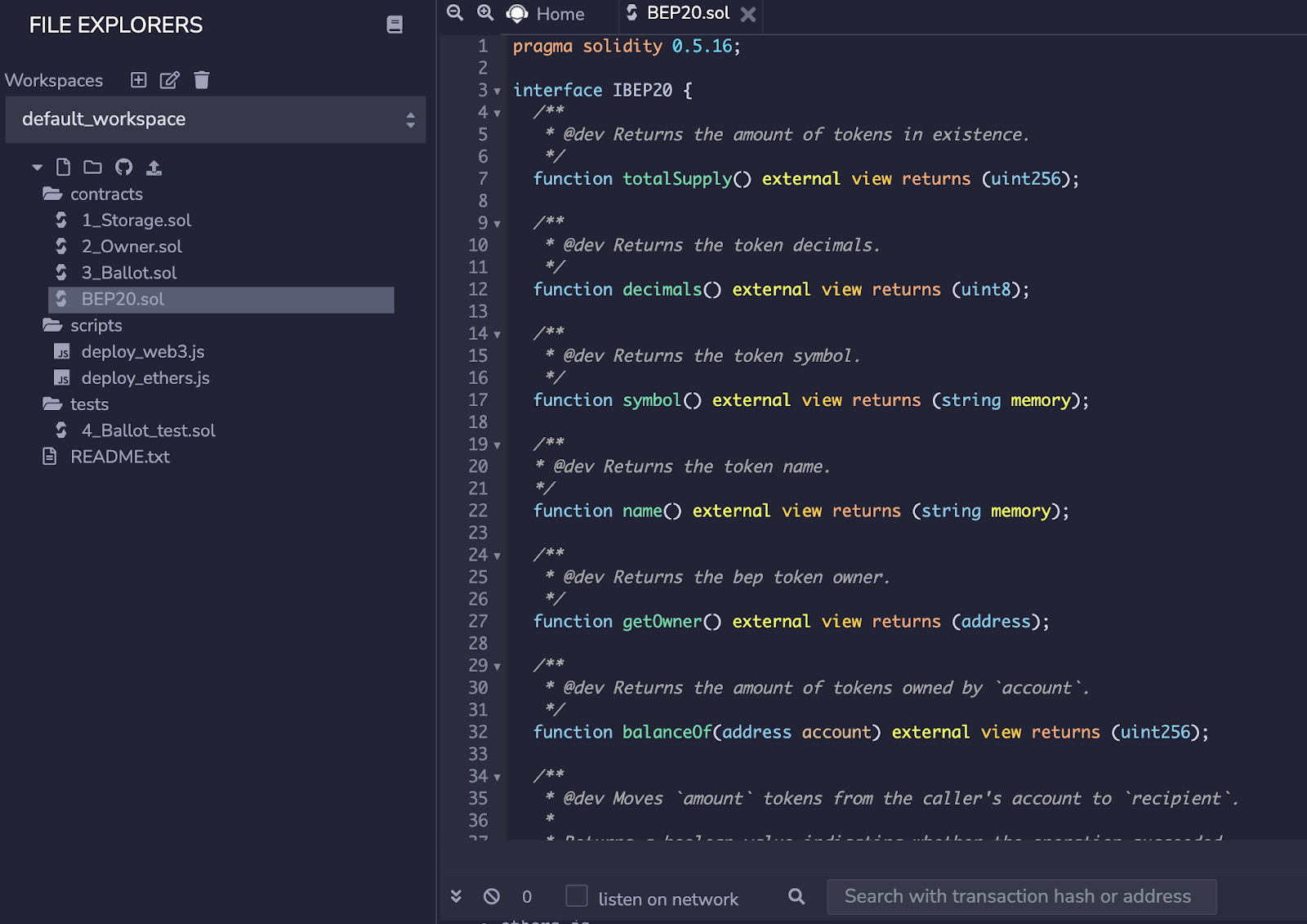
6. Modify the name, symbol, decimals, and totalSupply for your coin. Here I’ve chosen Kazani Token (KZN) as an example, with 18 decimal places and a total supply of 100,000,000. Don’t forget to add enough 0s to cover the 18 decimal places.
constructor() public {
_name = "KAZANI TOKEN";
_symbol = "KZN";
_decimals = 18};
_totalSupply = 100000000000000000000000000;
_balances[msg.sender] = _totalSupply;7. Next, you’ll need to compile the smart contract. Click the icon shown below on the left side of the screen, check [Auto compile] and [Enable optimization], then click the [Compile] button.

8. Click the [ABI] button to copy the contract’s ABI.

9. Click the icon highlighted below on the left-hand side of the screen. Select [Injected Web3] as your environment and then allow MetaMask to connect to Remix. Finally, make sure you’ve selected your BEP20 contract before clicking [Deploy].

10. You’ll now need to pay a transaction fee via MetaMask to deploy the contract to the blockchain. Once the smart contract is live, you need to verify and publish your contract source code.
Copy in the contract’s address to BscScan, select [Solidity (Single)] as the compiler type, and match the compiler version used in step 7.
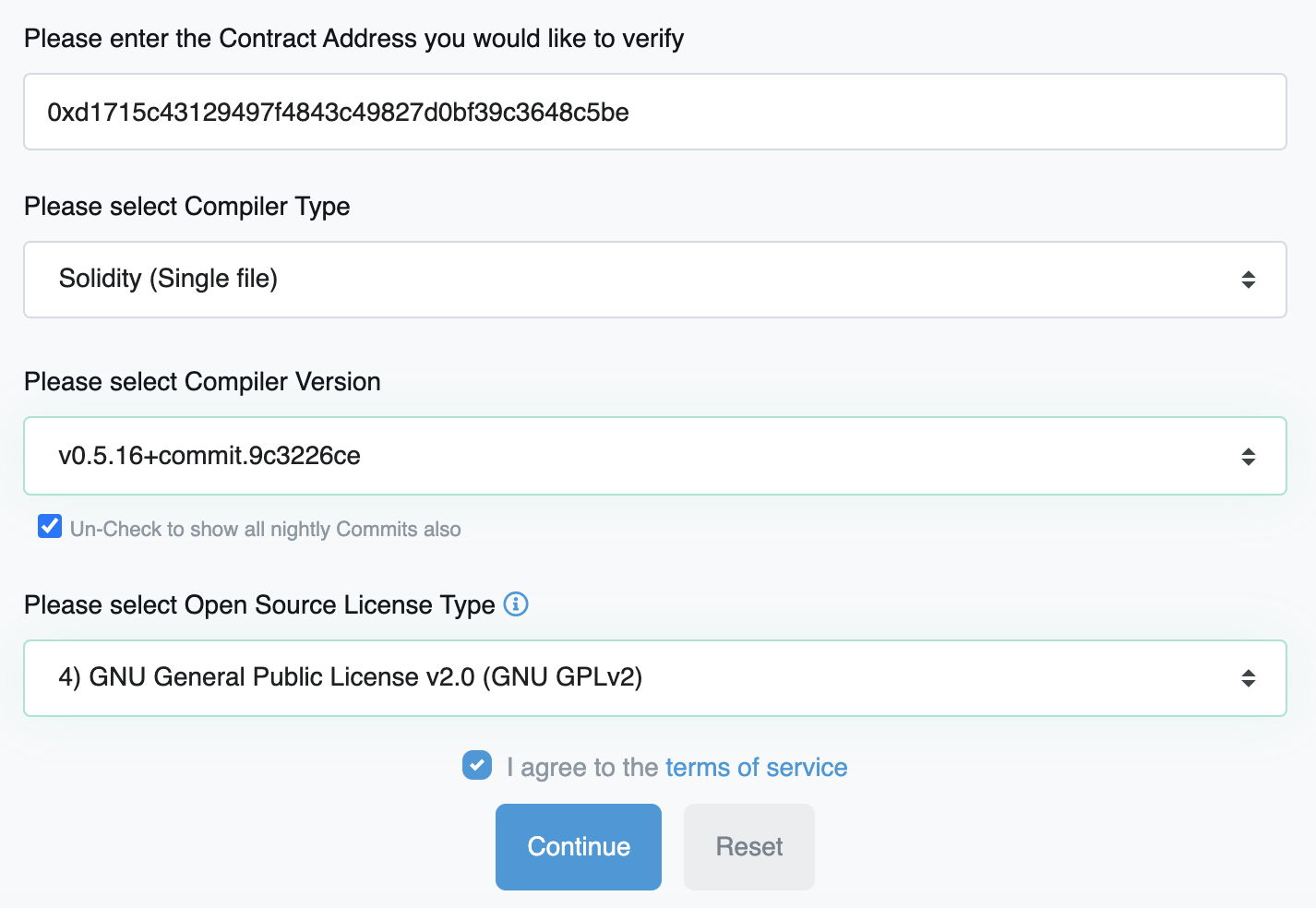
11. Next, right click BEP20.sol in Remix and press [Flatten]. You’ll then need to give Remix permission to flatten the code.
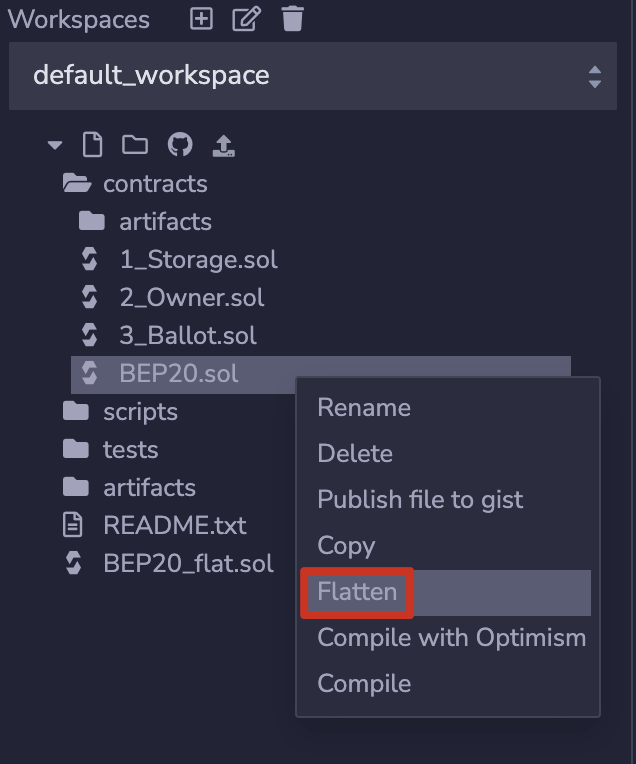
12. Copy the code from your BEP20_flat.sol into the field, and ensure [Optimization] is set to Yes. Now click [Verify and Publish] at the bottom of the page.

13. You’ll now see a successful splash screen. With the verified code, you can mint your token through BscScan by using the _mint call implemented in the contract. Go to the contract address on BscScan and click [Write Contract], then click [Connect to Web3] to connect your MetaMask account.
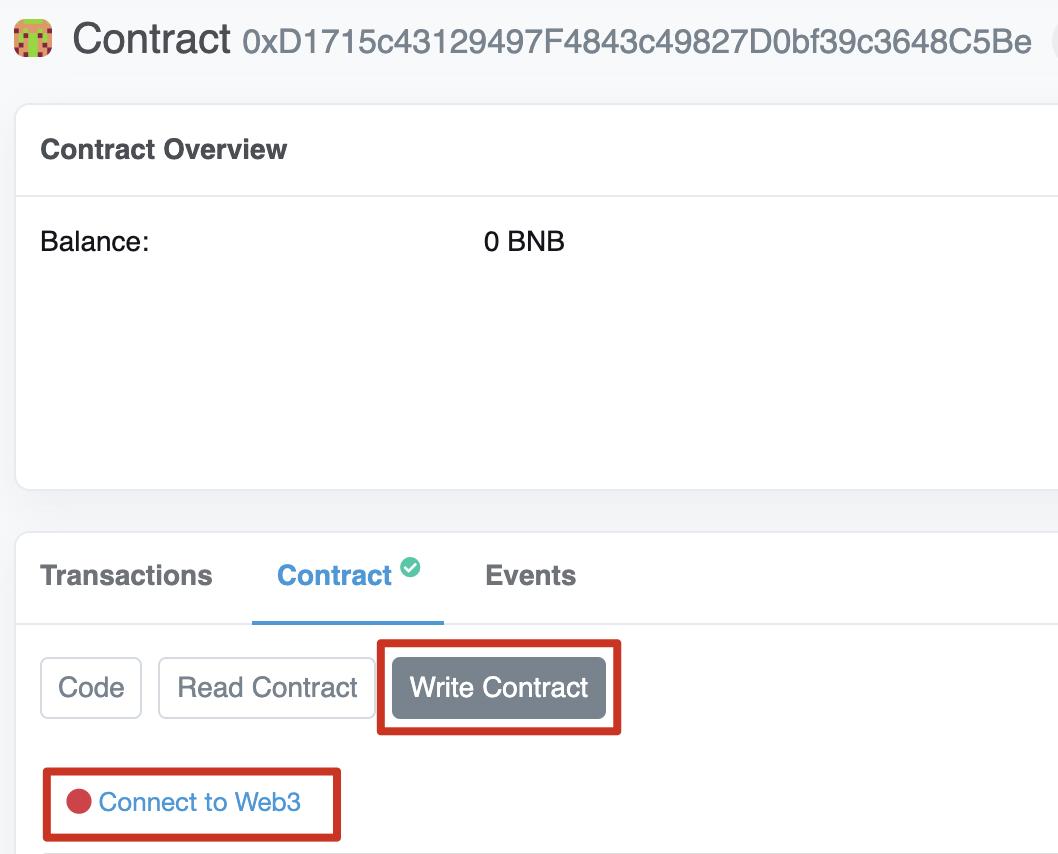
14. Head down the page to the Mint section, and input the number of tokens you want to mint. We’re going to mint 100,000,000 BAC. Don’t forget to add the decimals too, in this case 18. Click [Write] and pay the fee on MetaMask.
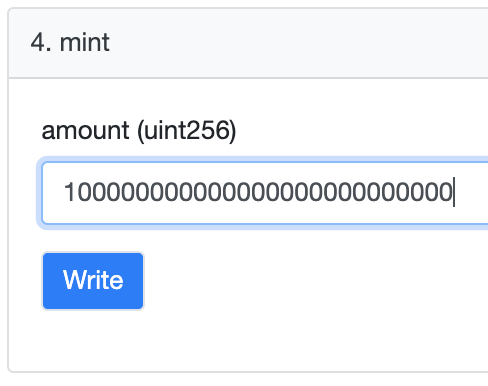
15. You should now see that the tokens have been minted and sent to the wallet that created the smart contract.
Cost of creating your own cryptocurrency
The costs involved are linked to the methods and setup you choose. If you're creating a coin and blockchain you'll likely have to pay a whole team over multiple months. A code audit from a reliable team can also cost around $15,000 (USD). At its cheapest, a simple token on BSC can be done for $50. When we average this out, to create a cryptocurrency with some chance of success, you'll likely need to spend thousands of dollars on its creation, marketing, and community building.
How to create a ERC-20 token?
Prefer a Video? (From learnweb3.io)
BROUGHT TO YOU BY SPACE.ID
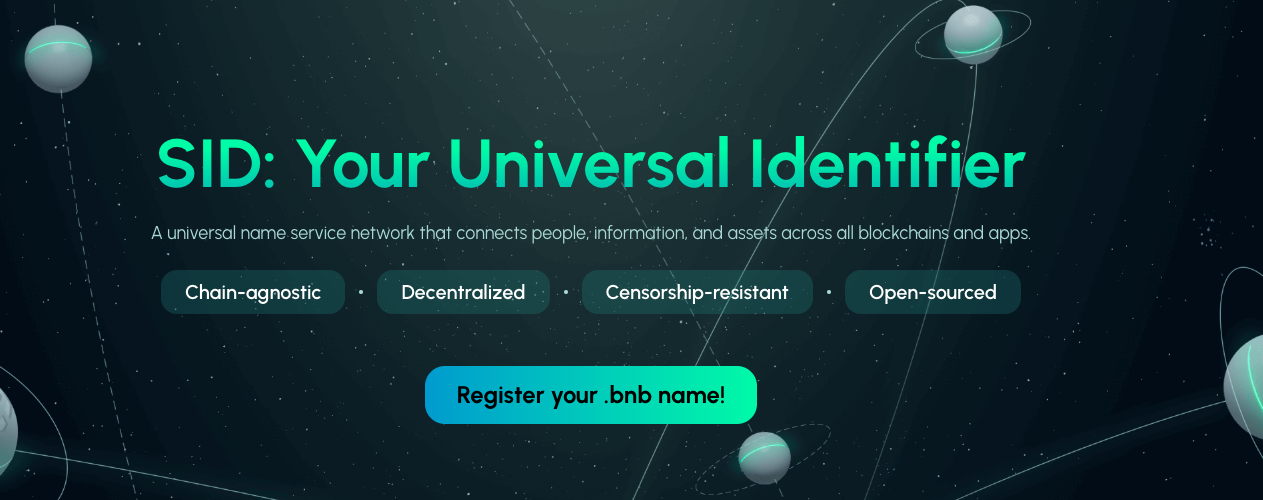
Register your .bnb name!
If you want more, be sure to


